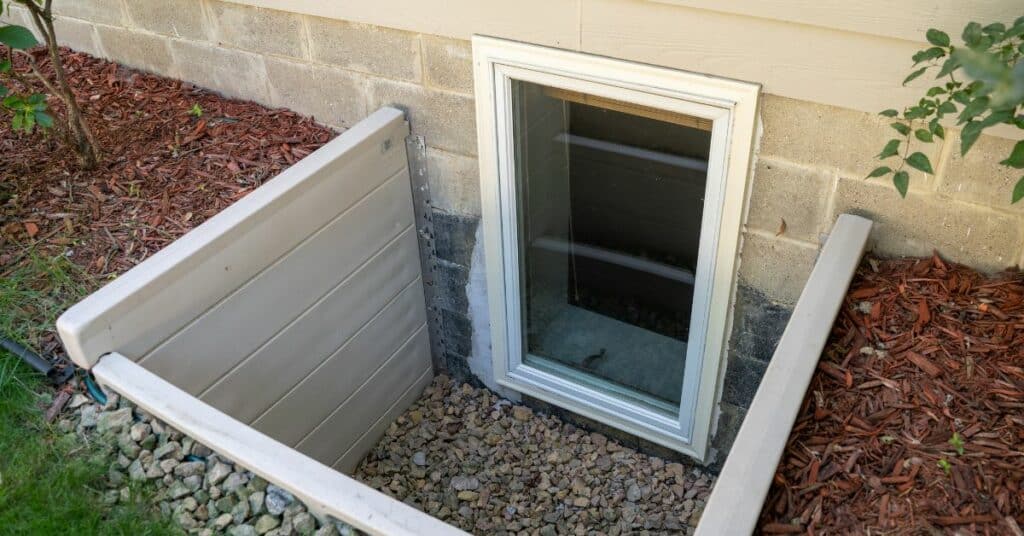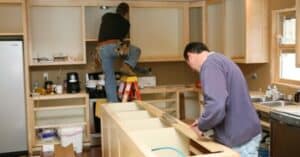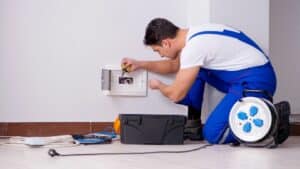The basement is often an overlooked area of the house, but it is susceptible to a common and potentially harmful problem: mold growth.
Mold thrives in damp and dark environments, making the basement an ideal breeding ground. Not only can mold damage your home’s structure, but it can also pose health risks to you and your family.
To ensure a healthy living environment and protect your property, it’s crucial to take proactive measures to prevent mold in the basement. In this article, we will explore 6 effective ways to keep your basement mold-free.
Control Moisture Levels
Moisture is the main catalyst for mold growth. To prevent mold in the basement, it’s essential to control moisture levels effectively. Start by addressing any sources of water intrusion, such as leaks or seepage.
Inspect the basement for signs of water damage, including damp spots on walls, standing water, or a musty odor. If there are any leaks or water issues, fix them promptly to prevent further moisture buildup.
Investing in a dehumidifier is another effective way to control moisture in the basement. Dehumidifiers extract excess moisture from the air, maintaining optimal humidity levels and inhibiting mold growth. Aim to keep the humidity level below 50%, as this is the threshold at which mold is less likely to thrive.
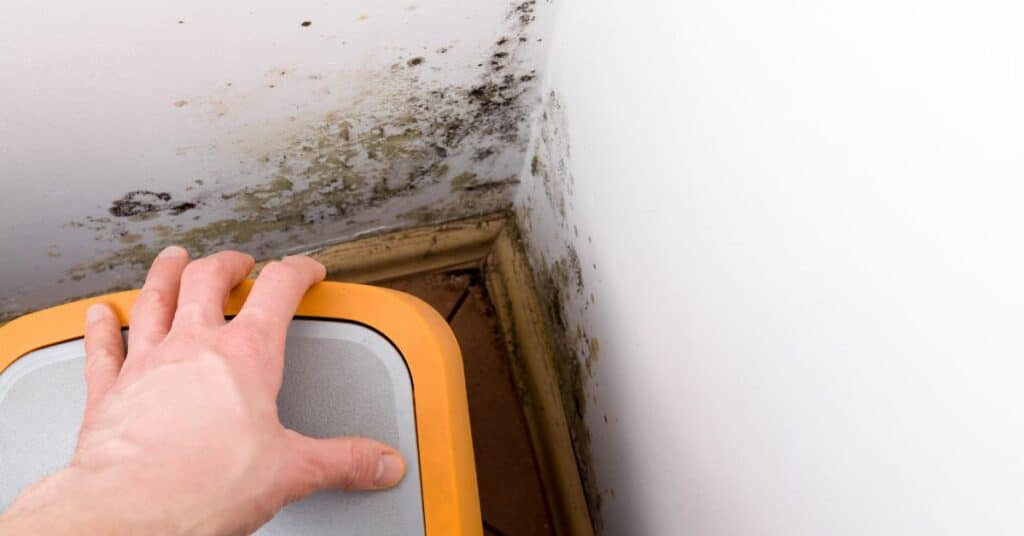
Ensure Proper Ventilation
Poor ventilation can contribute to excess moisture in the basement, creating an ideal environment for mold growth. To prevent this, ensure proper ventilation in the basement. Consider installing or improving existing ventilation systems, such as windows or exhaust fans.
Opening windows periodically to allow fresh air to circulate can also help reduce humidity levels. In addition, make sure that air vents and ducts are clear of obstruction to promote proper airflow and ventilation throughout the basement.
Insulate and Seal Gaps
Insulation and sealing play a crucial role in preventing moisture buildup and mold growth. Insulating the basement walls and pipes can help regulate temperature and reduce condensation. Insulation materials with moisture-resistant properties, such as closed-cell spray foam or rigid foam insulation, are particularly effective in preventing mold growth.
Sealing gaps and cracks in the basement walls, floors, and windows is also essential. Use caulk or weatherstripping to seal any openings that may allow moisture to seep in. This not only prevents mold but also helps improve energy efficiency in the basement.
Properly Manage Water and Drainage
Effective water and drainage management is vital in preventing mold in the basement. Ensure that the soil around the foundation slopes away from the house to divert water away from the basement walls. Regularly clean and maintain gutters and downspouts to prevent water from pooling near the foundation.
Consider installing a sump pump system to manage excess water and prevent flooding. A sump pump automatically removes water from the basement, reducing the risk of water damage and mold growth. Regularly test and maintain the sump pump to ensure its functionality when needed.
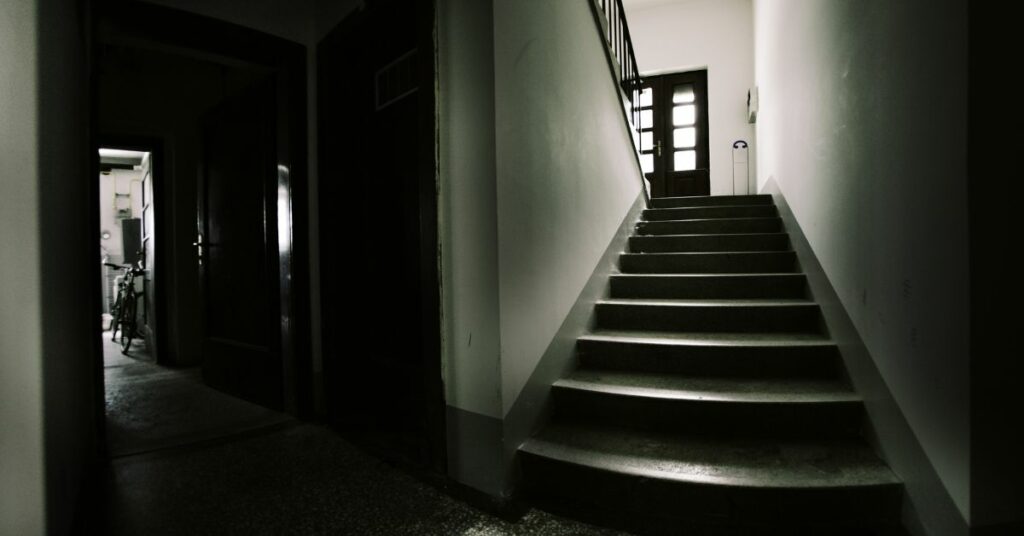
Regularly Inspect and Clean
Regular inspections and cleaning are essential to prevent mold growth in the basement. Routinely inspect the basement for any signs of water damage, leaks, or humidity issues. Address any problems promptly to prevent mold from taking hold.
Regularly clean the basement to remove dust, debris, and any potential food sources for mold. Pay attention to hidden areas such as behind furniture or in storage spaces. Use a vacuum cleaner with a HEPA filter to effectively remove mold spores and allergens from the air.
Optimize Lighting
Mold thrives in dark environments, making proper lighting an effective preventive measure. Ensure that the basement has adequate lighting to discourage mold growth. Natural light is the best option, so if possible, consider enlarging existing windows or installing additional ones.
If natural light is limited, supplement it with artificial lighting. Use a combination of ceiling lights, floor lamps, and task lighting to illuminate all areas of the basement. This not only makes the space less inviting for mold but also creates a more pleasant and usable environment.
To prevent mold in the basement, it is crucial to take proactive measures. One effective approach is to hire water extraction experts who specialize in mitigating water damage and preventing mold growth. These professionals have the knowledge and equipment to thoroughly remove water and moisture from your basement, reducing the risk of mold development.
Additionally, they can provide guidance on how to prevent mold in basement by implementing proper ventilation, controlling moisture levels, and addressing any water intrusion issues. By working with water extraction experts and following their advice, you can significantly minimize the chances of mold growth and maintain a healthy environment in your basement.
In conclusion
preventing mold in the basement is crucial for maintaining a healthy home environment and protecting your property. By implementing these six effective strategies – controlling moisture levels, ensuring proper ventilation, insulating and sealing gaps, managing water and drainage, regularly inspecting and cleaning, and optimizing lighting – you can significantly reduce the risk of mold growth in your basement.
Remember, how to prevent mold in the basement is a proactive process that requires ongoing maintenance and vigilance.
By taking these preventive measures, you can enjoy a mold-free basement, ensuring the well-being of your family and the longevity of your home.
